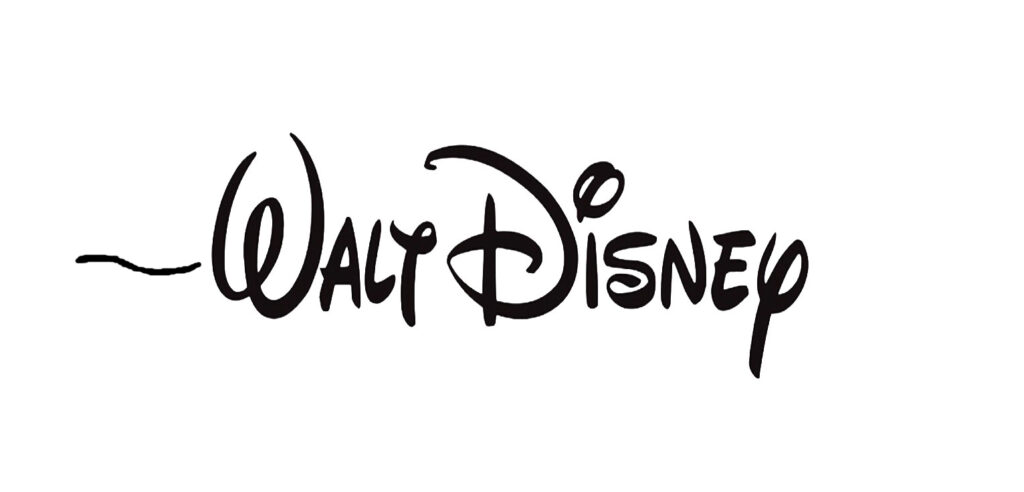PARTYTIME!
Cross cut back to some festivity at the dwarfs’ cottage where a jolly evening of entertainment contrasts dramatically with the dark evil of the preceding sequence. The camera trucks out of the forest toward a brightly lighted window of the dwarfs’ cottage outside of which the animals are gathering to watch within, some of them already bouncing and wagging tails in time to the cheerful music emanating from inside. This uniquely-orchestrated tune is the intro to the next of Churchill’s numbers, “The Silly Song”. According to James Bohn the concept for this song originated on June 10, 1937, with Disney staff actor Pinto Colvig who was voicing Grumpy and Sleepy: he had no melody, only lyrics and none of his got used in the final film. Nevertheless it was reworked and finally supplanted four other songs which were composed for this sequence and recorded only to be rejected.

Inside the cottage the dwarfs are dancing together, playing their unique hand-carved instruments and yodeling as Snow White watches and claps along. An extremely brief establishing shot shows the entire room filled with the motion of all seven dwarfs and even Snow White in the close foreground. The instruments include a “swanette” played by Doc, a “duckette” played by Sneezy, a “fish horn” played by Sleepy, and played by Bashful a traditional concertina which carries the brunt of the melody.
The Pintophone [named after its inventor Pinto Colvig] was one of the odd instruments devised for the sequence, and was to be played by Sneezy.[1]
Not used in the final film, this Pintophone – a hybrid between a bagpipe and an ocarina – nevertheless can be seen in a background painting: it is pictured as discarded on the floor to the right of the organ.
The dwarfs’ yodeling – an inspired choice of singing for these rustic little men – is a group effort at first, followed by solo turns – Doc, Bashful, Sneezy. Dopey is fascinated by the acrobatics of Sneezy’s Adam’s apple during his virtuoso yodel. Grumpy mans that fabulous ornate hand-carved organ we caught a glimpse of earlier in the film, its pipes all totem poles each stacked with different animals – frogs, owls, fish, rabbits, birds – their mouths comprising the organ’s stops, their various appendages opening and closing each.
The unique organ sound… was the brainchild of sound effects artist Jimmy Macdonald (1906-1991). To achieve the sound of the pipes he had a variety of personnel blow into large jugs… The organ includes a bench that doubles as a bellows, which is pumped by posterior power… Walt remained concerned about the visual design… ordering four backgrounds reworked; consequently, the organ pipes had to be repainted only eleven days before the film’s premiere.[2]
In the end, the musicians and sound effect specialists worked together for months to build a track representing the overall sound of the music. Much of the melody was carried by a concertina, the one “legitimate” instrument that Walt allowed to appear in the sequence. The organ’s sound was a combination of bottles, jugs, flutes, ocarinas, and a clarinet played without the mouthpiece, and still other miscellaneous sounds were layered on top of that.[3]
[1] Kaufman, J.B., The Fairest One of All, The Disney Family Association Press, San Francisco, CA, 2012, p. 178.
[2] Bohn, James: The Music in Disney’s Animated Features, University Press of Mississippi, Jackson, MS, 2017, p.71.
[3] Kaufman, J.B.: op. cit., p. 180.
